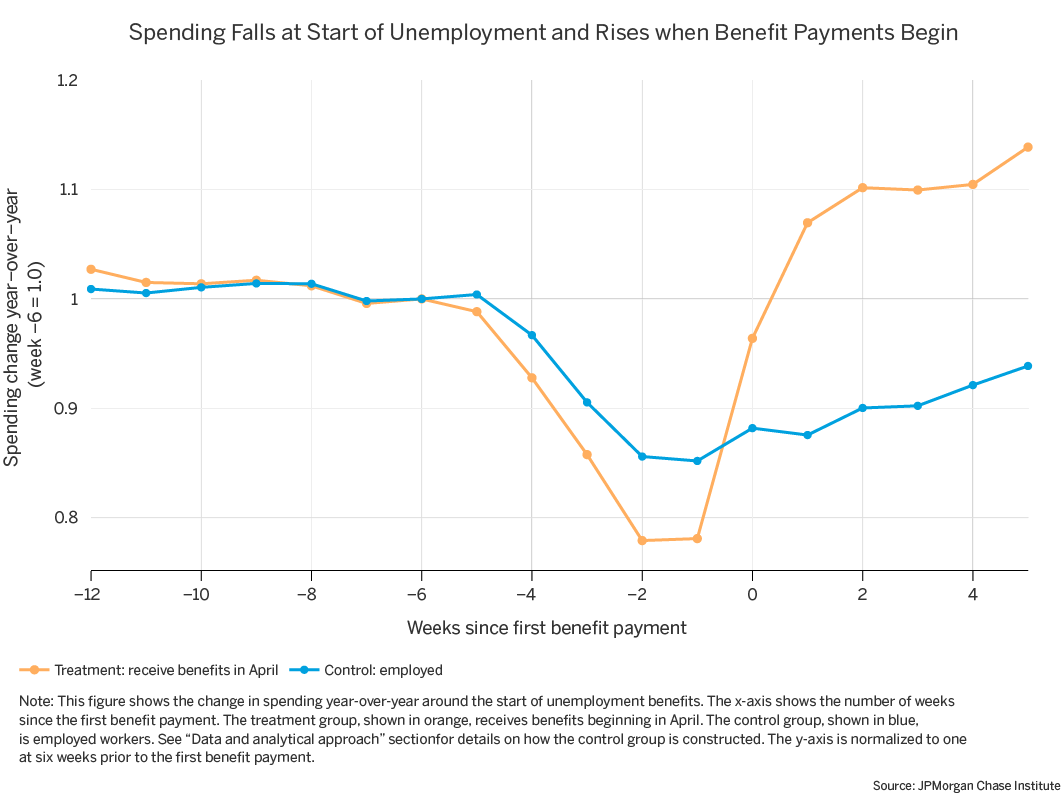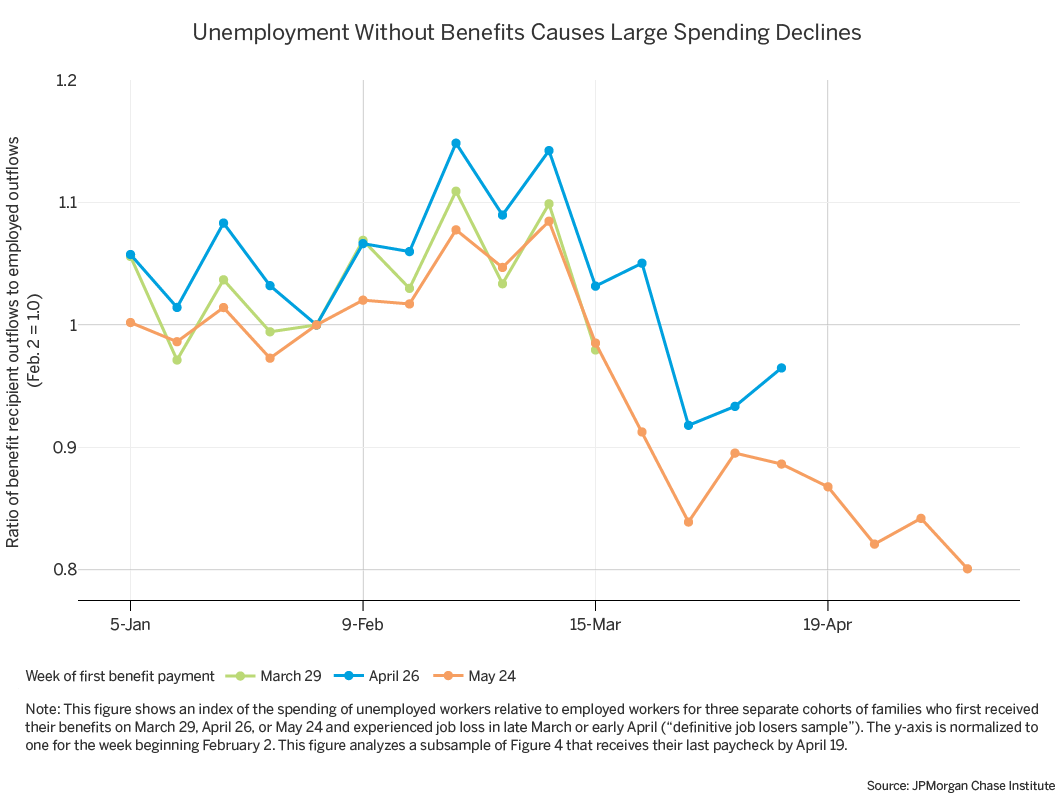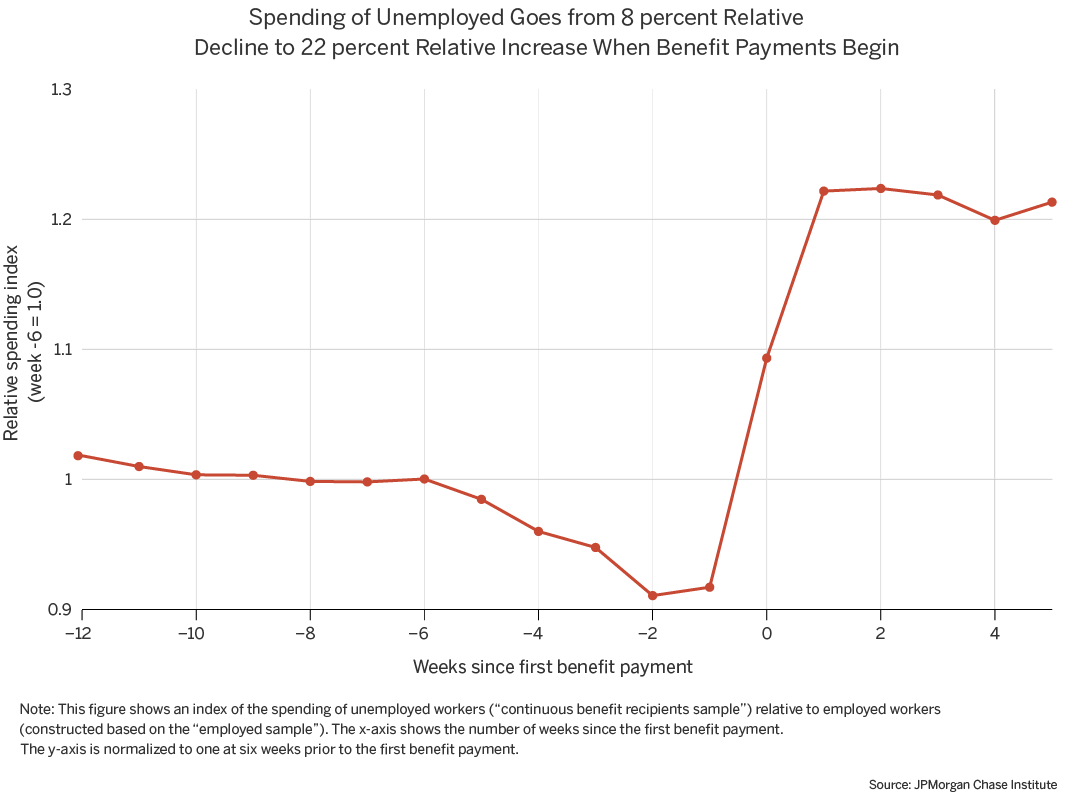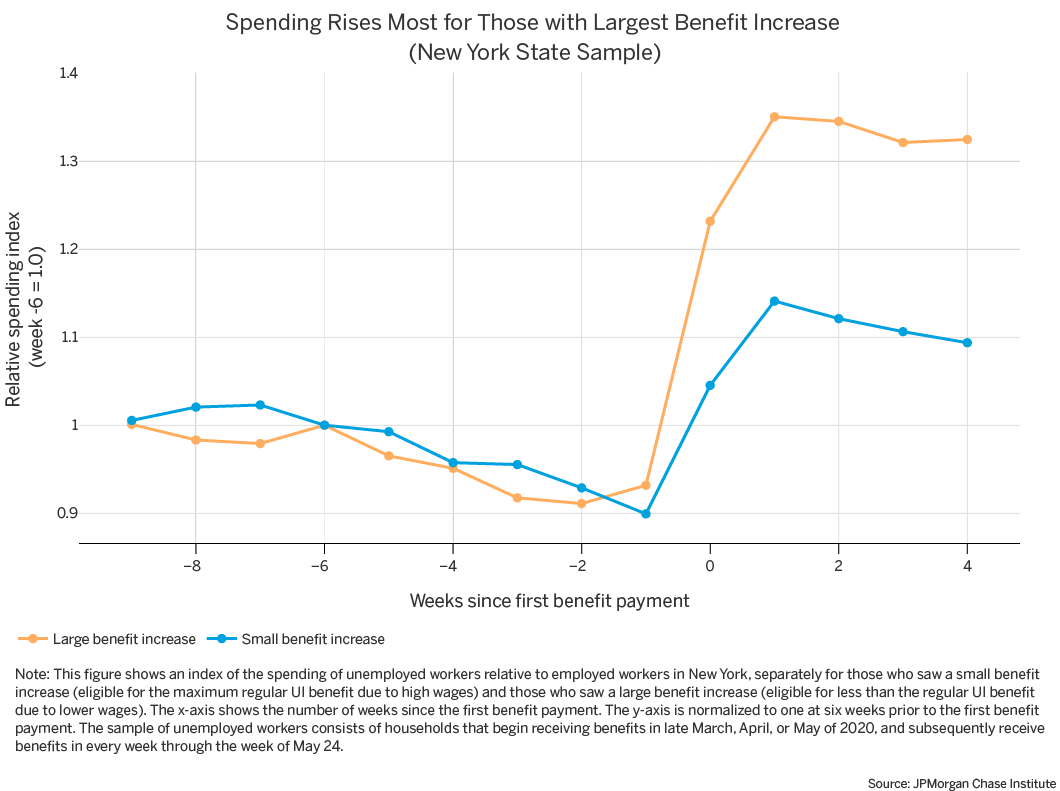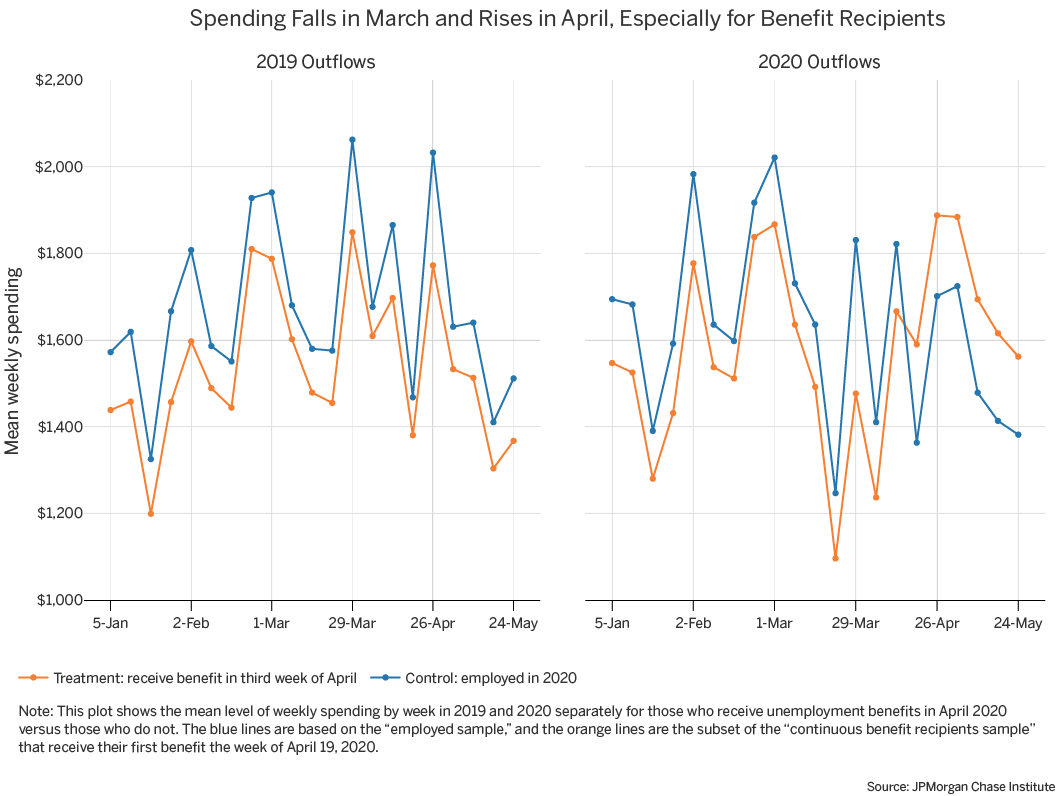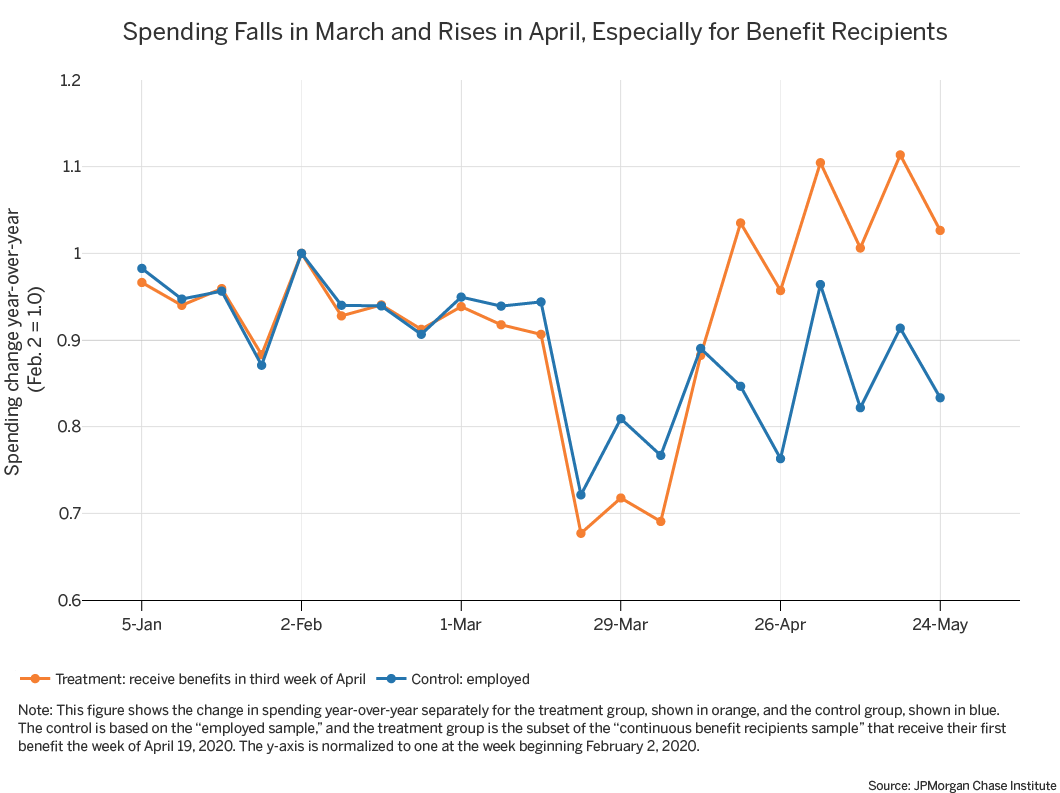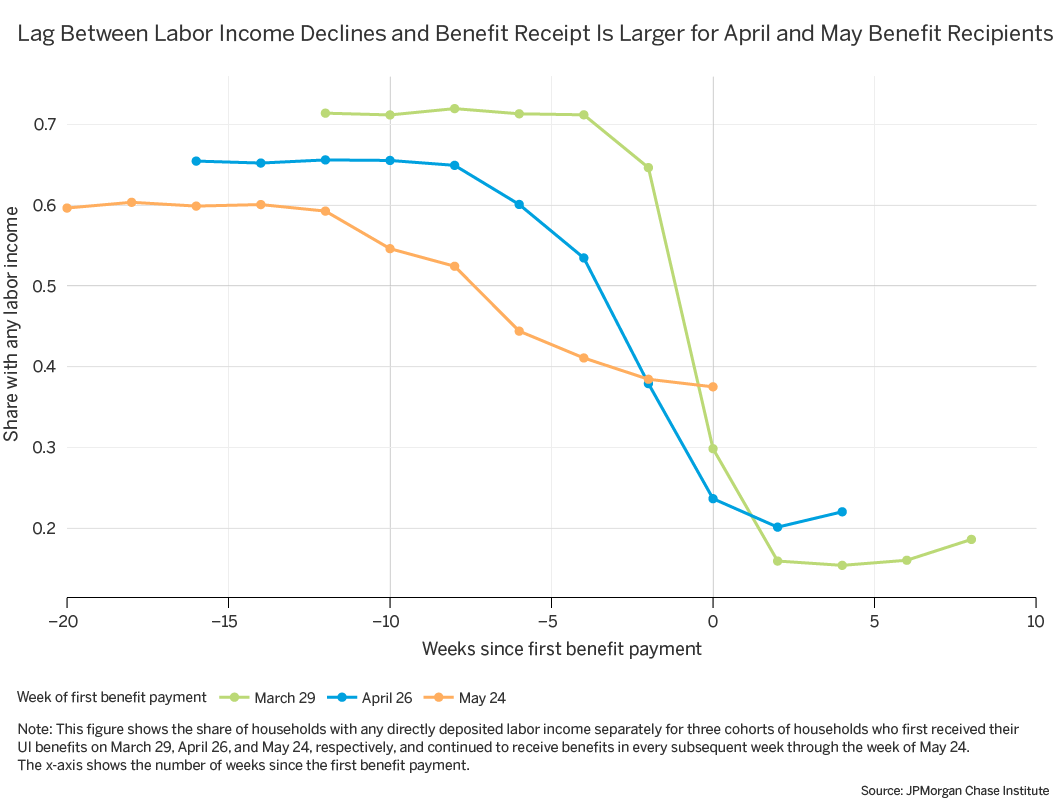References
Bernard, Tara Siegel. “Fraudulent Jobless Claims Slow Relief to the Truly Desperate. New York Times. July 2, 2020
Bitler, Marianne P., Hilary W. Hoynes, and Diane Whitmore Schanzenbach. “The social safety net in the wake of COVID-19.” Brookings Papers on Economic Activity. BPEA Conference Drafts, June 25, 2020.
Bivens, Josh. “Cutting off the $600 boost to unemployment benefits would be both cruel and bad economics.” Economic Policy Institute Working Economics Blog, June 26, 2020.
Cajner, Tomaz, Leland D. Crane, Ryan A. Decker, John Grigsby, Adrian Hamins-Puertolas, Erik Hurst, Christopher Kurz, and Ahu Yildirmaz. “The US labor market during the beginning of the pandemic recession.” No. w27159. National Bureau of Economic Research, 2020.
Chetty, Raj, John N. Friedman, Nathaniel Hendren, Michael Stepner, and The Opportunity Insights Team. “How Did COVID-19 and Stabliziation Policies Affect Spending and Employment? A New Real-Time Economic Tracker Based on Private Sector Data.” No. w27431. National Bureau of Economic Research, 2020.
Cox, Natalie and Ganong, Peter and Noel, Pascal and Vavra, Joseph and Wong, Arlene and Farrell, Diana and Greig, Fiona. “Initial Impacts of the Pandemic on Consumer Behavior: Evidence from Linked Income, Spending, and Savings Data,” University of Chicago, Becker Friedman Institute for Economics Working Paper No. 2020-82, June 22, 2020.
Federal Reserve Board. “Report to the Congress on Government-Administered, General-Use Prepaid Cards - September 2019.” Board of Governors of the Federal Reserve System.
Ganong, Peter, and Pascal Noel. "Consumer spending during unemployment: Positive and normative implications." American Economic Review 109, no. 7 (2019): 2383-2424.
Ganong, Peter, Pascal J. Noel, and Joseph S. Vavra. “US Unemployment Insurance Replacement Rates During the Pandemic.” No. w27216. National Bureau of Economic Research, 2020.
Goodman, Peter S., Patricia Cohen, and Rachel Chaundler. European Workers Draw Paychecks. American Workers Scrounge for Food. New York Times, July 3, 2020.
Stettner, Andrew, and Amanda Novello. “Unemployment Payouts Accelerated during April and May—but Are Still Too Slow.” 2020 The Century Foundation.
